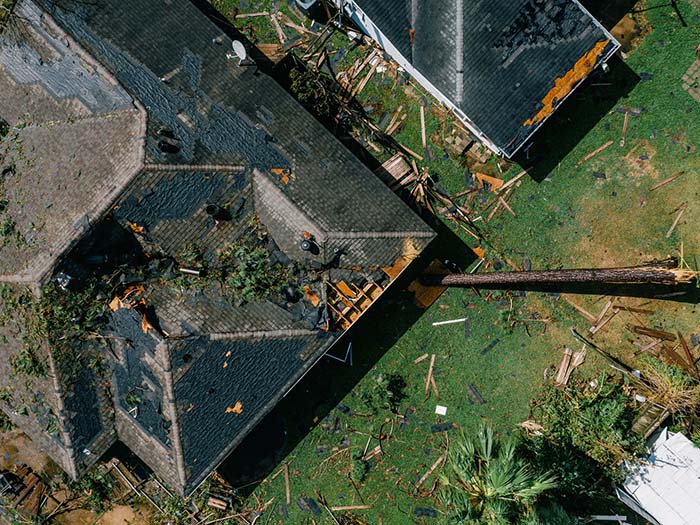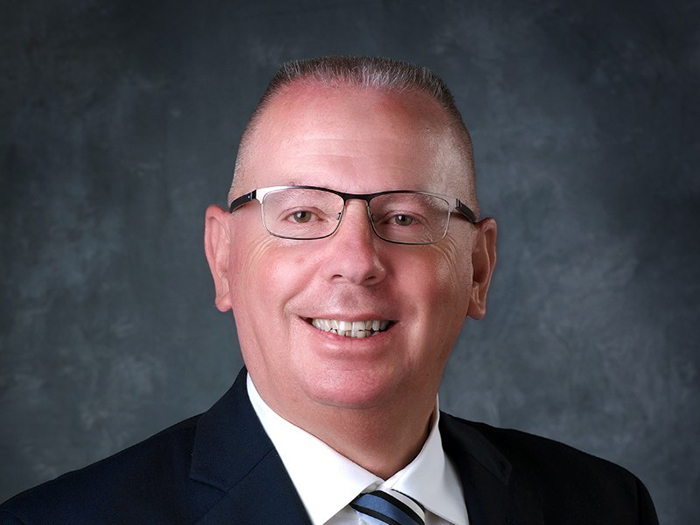Sponsored: Bardavon Health Innovations
How Technology Can Help Proactively Control Outlier Risk

It’s a situation workers’ compensation payers and case managers are all-too familiar with. A worker experiences a musculoskeletal injury — a wrist sprain, say, or a back injury. They file a workers’ comp claim, make a doctor’s appointment and begin their road to recovery.
Despite following the treatment plan, the injured worker doesn’t seem to be healing. Their injury persists, and it could be for any number of reasons.
“The patients who don’t respond to their prescribed treatment may have complex medical issues, or they have psychosocial issues that are layered into or are the predominant issue limiting care progression,” explained Dorothy Riviere, chief clinical officer of Bardavon Health Innovations.
Claims costs climb and the injured worker becomes frustrated over their inability to return to work at full capacity. Over time, unfortunately, a worker who should have healed did not, leading to painful cost overruns and, more importantly, an impaired, less productive worker.
These cases are known as outlier claims and they represent the top 15% of time off work, number of medical visits and costs for the payers.
In the past, workers’ comp has taken a retrospective approach to tackling outlier claims. Payers will look at past cases that aren’t progressing appropriately and try to apply lessons from those instances to future cases.
But Riviere believes a more proactive approach is possible — especially when it comes to musculoskeletal injuries. New technologies like Bardavon’s Outlier Risk Indicator™ can detect whether a patient may be at risk of becoming an outlier from the very beginning of a claim, allowing payers to develop individualized treatment plans to help keep their care on track.
“Having an early individualized patient insight enables the therapy providers and all the stakeholders to better treat the injured worker,” Riviere said.
Using Technology to Proactively Identify Outlier Claims

Dorothy Riviere, Chief Clinical Officer, Bardavon Health Innovations
Advances in artificial intelligence and data modeling tools can allow workers’ compensation payers to detect outlier claims before they begin driving up costs and frustrating injured workers.
These tools use variables like age, comorbidities and psychosocial factors to determine whether an injured worker may be predisposed to, facing or even erecting barriers to recovery.
In addition to using data to detect outlier risk, other digital tools help answer questions like how many physical therapy visits a particular patient may need in order to recover, for instance. In the past the number of PT visits a worker may schedule was determined by body part. If someone had a wrist injury, they received a certain number of visits. Someone with a back or hip injury would receive a different number of visits.
This process doesn’t take into account an individual injured worker’s needs, however. Someone who is older, in poor physical condition or has comorbidities may need more visits than a younger injured worker who regularly runs 5Ks.
“The entire industry has a utilization problem because it can’t answer a simple question: What is the estimated number of visits this person might need to recover?” Riviere said.
“What has happened is that an average, based on a body part, has really become the default even though each patient is unique and care should be tailored to each person.”
By taking into account these variables, digital tools can predict how many visits a worker may need in order to recover, putting them on a better path from the very beginning.
A Personalized Care Approach
Once a potential outlier patient has been identified, workers’ compensation program managers can help ensure they get the care they need to keep their recovery on track.
“Our belief is that personalized care is not only possible, but it should be available and expected for all workers receiving that care because they were injured on the job,” Riviere said.
For Riviere, personalized care approaches aren’t just nice for workers’ comp patients. They’re critical to reducing outlier risk. When a worker receives care based on their individual needs, it increases the likelihood that they’ll return to work — something that’s especially critical for outlier claims.
“We know that if injured workers do not return to work within six months, there’s a 50% chance that they won’t have any gainful employment again. And if they’re out for a year, that goes down to 10%,” she explained.
“That means you have people who should be earning money, having the ability to provide for their families, being able to really live out the careers that they wanted to but are unable to do so.”
The Outlier Risk Indicator
By partnering with Bardavon Health, payers will reap the benefits of working with a proactive workers’ compensation digital health provider to better manage claims and reduce outlier risk.
The firm’s Outlier Risk Indicator uses variables ranging from medical history and injury type to job demands and confounding factors to determine which claims are at low, medium or high risk of becoming an outlier.
“We have over 200 variables that we’re collecting and modeling through AI to understand as the patient comes in the door and has their initial evaluation if they are at high, medium or low risk of becoming an outlier from the very beginning,” Riviere said.
The platform, which was developed in 2019, dovetails with Bardavon’s technological suite to offer payers deeper insights into each individual claim. Systems like the Diagnostic Average and the Personalized Utilization Prediction platform help calculate the number of visits an injured worker will most likely require.
These tools work with the firm’s cloud-based clinical software, bNOTES, which collects all the data on a particular case in one place, making it easy for all stakeholders in a claim to keep track of ongoing treatments. Data from the bNOTES system in turn allows Bardavon to continue improving the Outlier Risk Indicator and to provide constant updates on shifting outlier risk.
“Every visit that that person attends is continuing to feed us information and data points that then begin to allow the model to continue to evolve and see if there’s changes to that outlier risk as care proceeds,” Riviere said.
“When you put that all together, we can really empower the treating care providers during the actual care visits with the injured worker to act and change the outcome for the injured worker.”
To learn more, visit: https://www.bardavon.com/platform/analytics/.
This article was produced by the R&I Brand Studio, a unit of the advertising department of Risk & Insurance, in collaboration with Bardavon Health Innovations. The editorial staff of Risk & Insurance had no role in its preparation.










